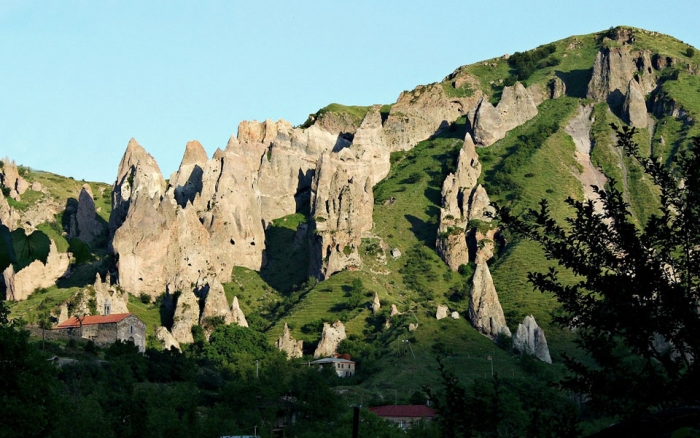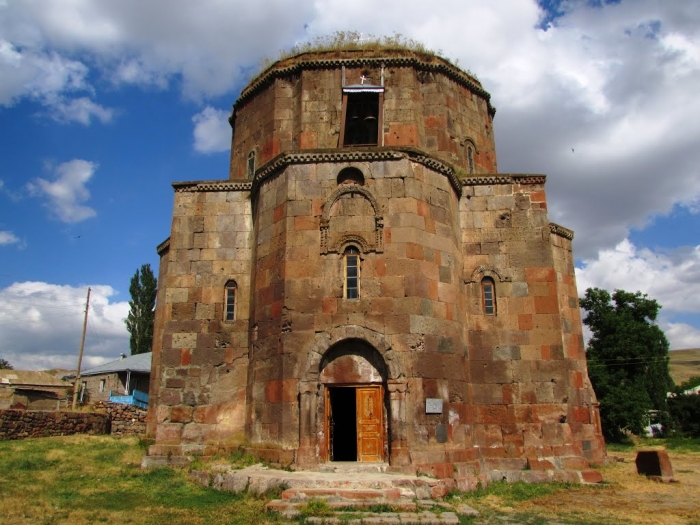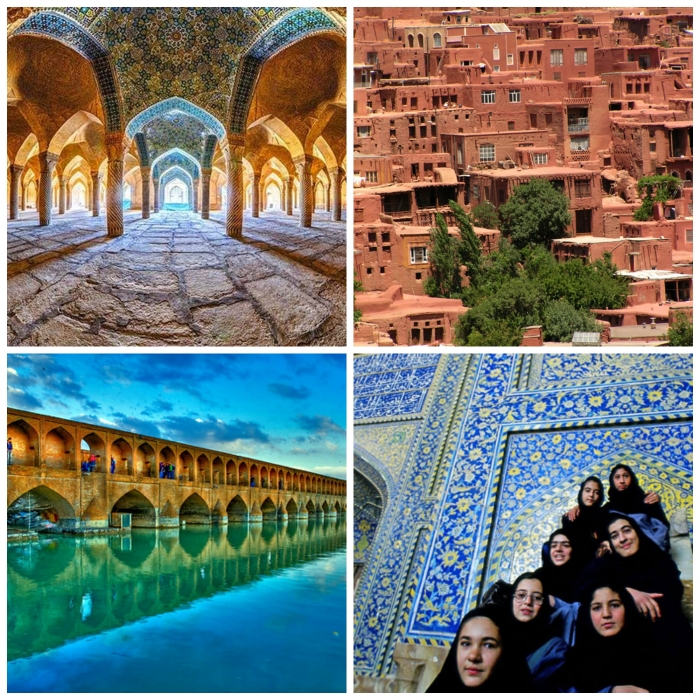Yerevan
Yerevan, city of the old and new...
''The city of secret love.
It is quite interesting to walk around in Yerevan. Everywhere there are young couples trying to get some privacy, in the park and at benches around the city. We were told that in Armenia the youth stay with their parents until they get married.
Also the places they live don’t have that much privacy, so in order to be alone with their sweetheart they need to seek the privacy of parks or other hidden places in the city. This has been one of the things we have experienced a lot here.''
Yerevan is the largest city and capital of Armenia. It is situated along the Hrazdan River, which is not navigable, on the Ararat Plain. It is a leading industrial, cultural, and scientific centre in the Caucasus region. It is also at the heart of an extensive rail network and is a major trading centre for agricultural products. In addition, industries in the city produce metals, machine tools, electrical equipment, chemicals, textiles, and food products.
Educational and cultural facilities in Yerevan include universities, the Armenian Academy of Sciences, a state museum, and several libraries. The largest repository of Armenian manuscripts, and indeed one of the biggest repositories of manuscripts in the world, is the Matenadaran.
Zvartnots International Airport serves Yerevan.
Archaeological evidence indicates that a military fortress called Erebuni stood on Yerevan's site as far back as the 8th century BC. Since then the site has been strategically important as a crossroads for the caravan routes passing between Europe and India. It has been called Yerevan since at least the 7th century A.D., when it was the capital of Armenia under Persian rule.
Due to its strategic significance, Yerevan was constantly fought over and it passed back and forth between the dominion of Persia and the Ottomans for centuries. In 1827 it was taken by Russia and formally ceded by the Persians in 1828. After the 1917 Russian revolution it enjoyed three years as the capital of independent Armenia, and in 1920 became the capital of the newly formed Armenian Soviet Socialist Republic, a territory of the Soviet Union. With the collapse of the Soviet Union, Yerevan became the capital of the independent Republic of Armenia in 1991.
The city of Yerevan preserves little of its early history in a form of interest to casual visitors. Behind the anonymous Soviet facades, however, a rich and complex life took place and still does, in the bak (courtyard) or in private apartments far better furnished -- with books, musical instruments, art, and hospitality - than 70 years of official culture or a decade of grim poverty would suggest.









